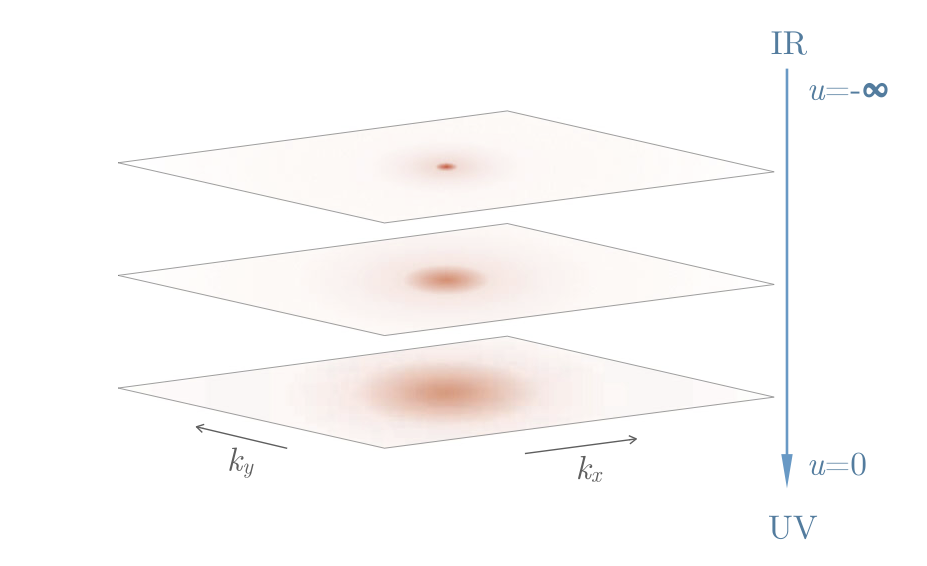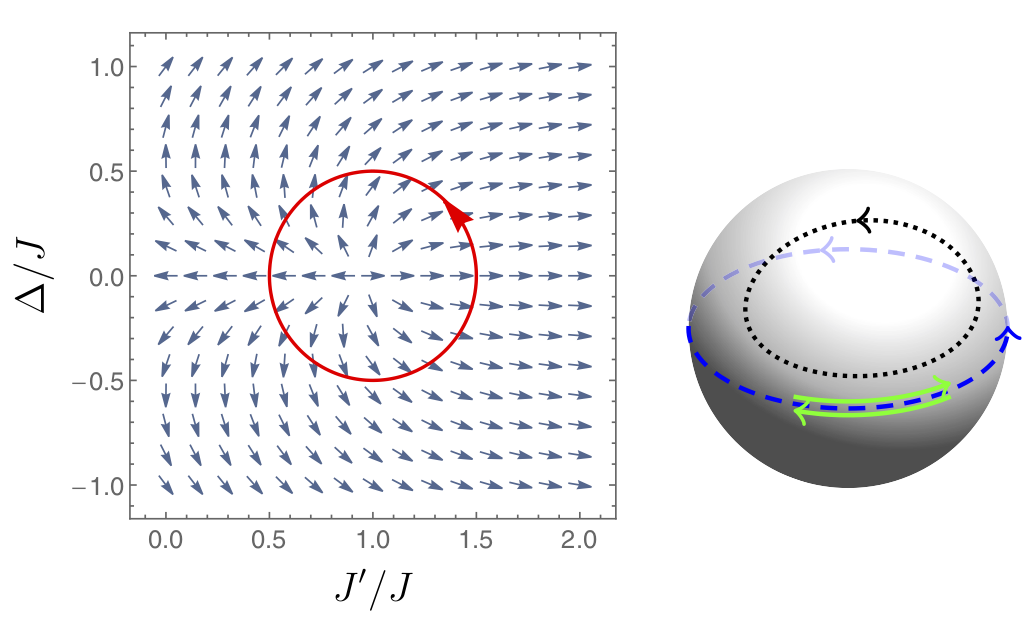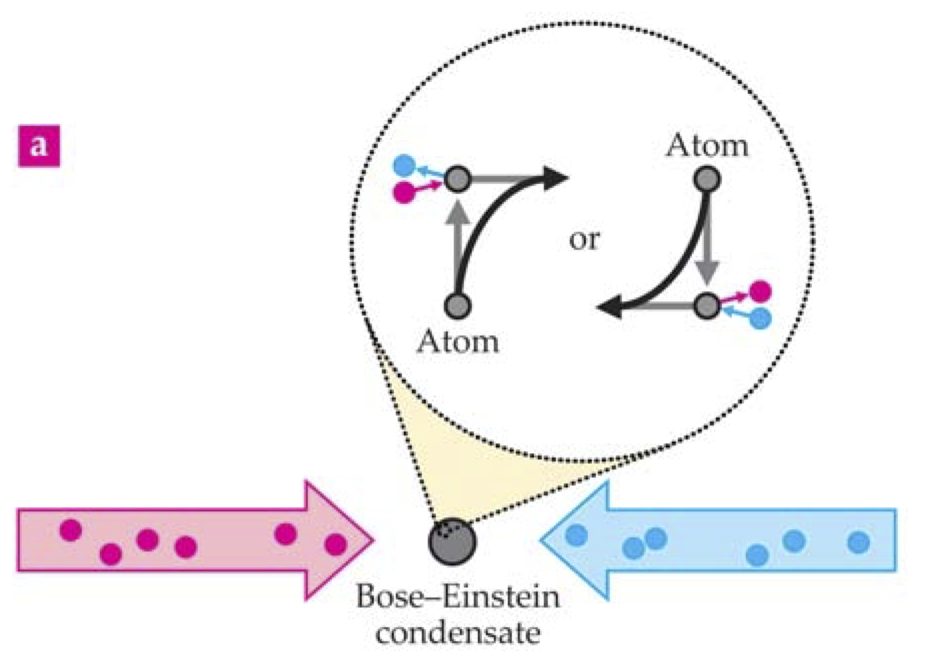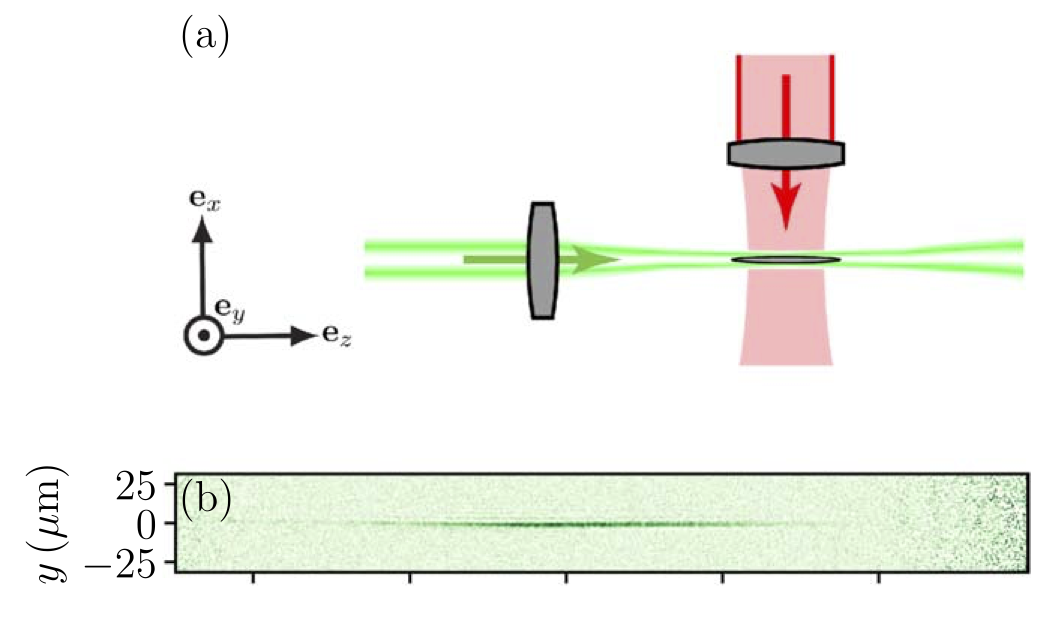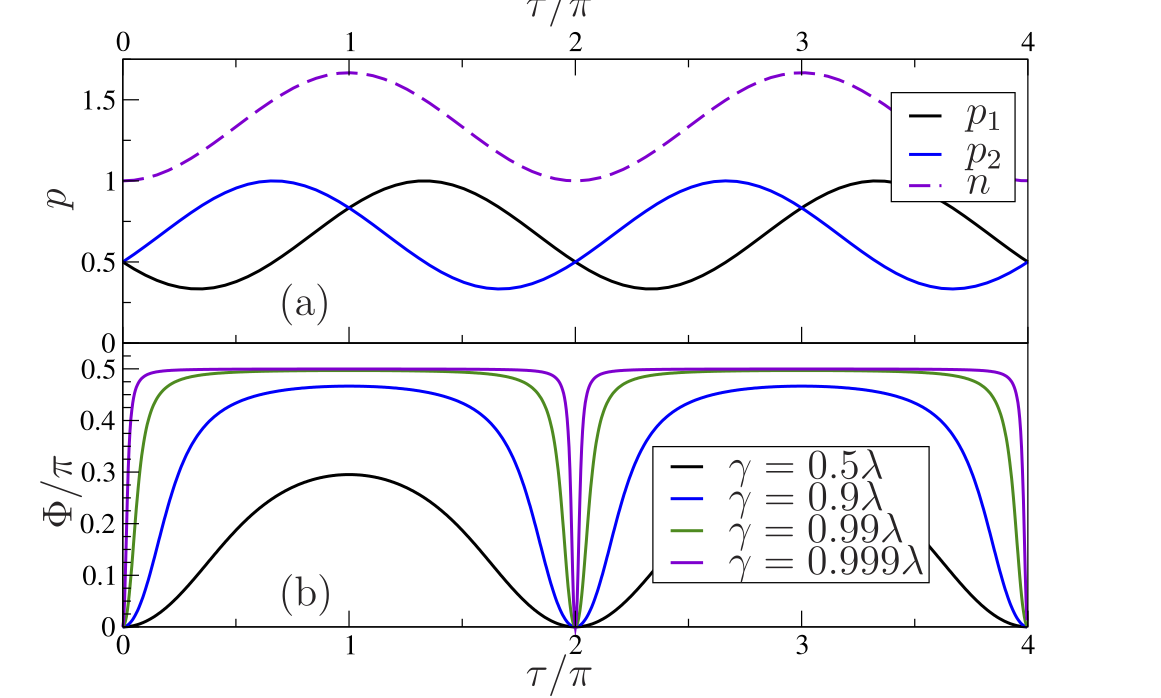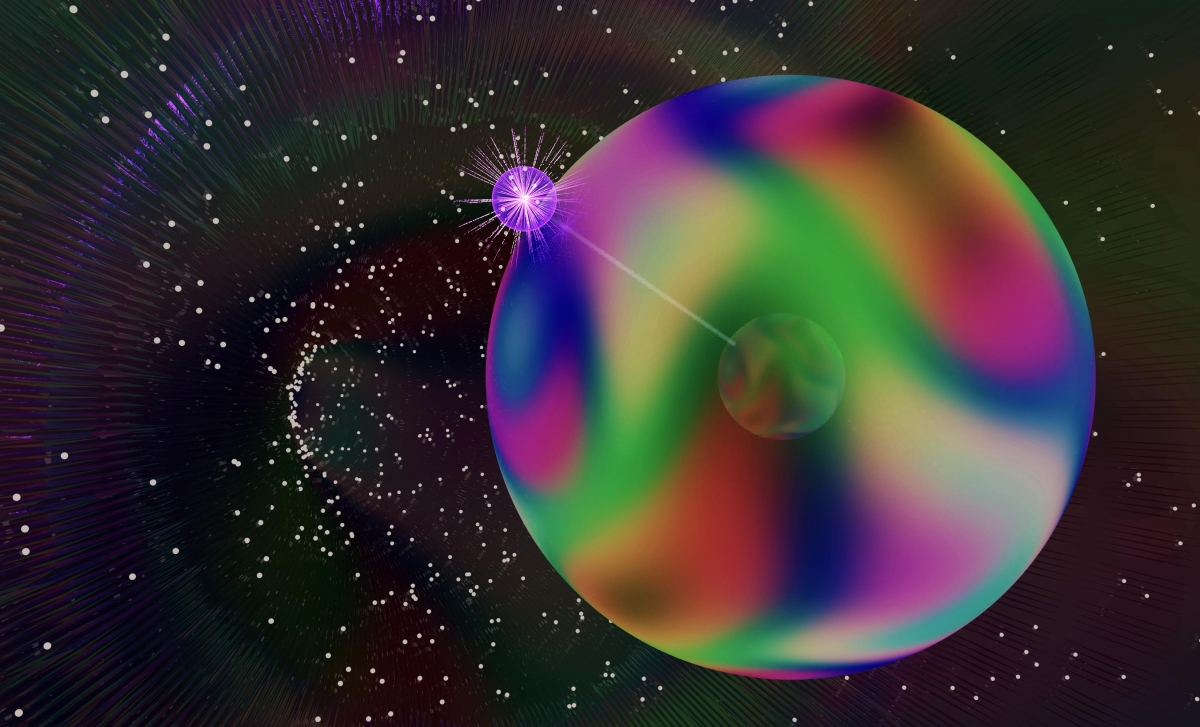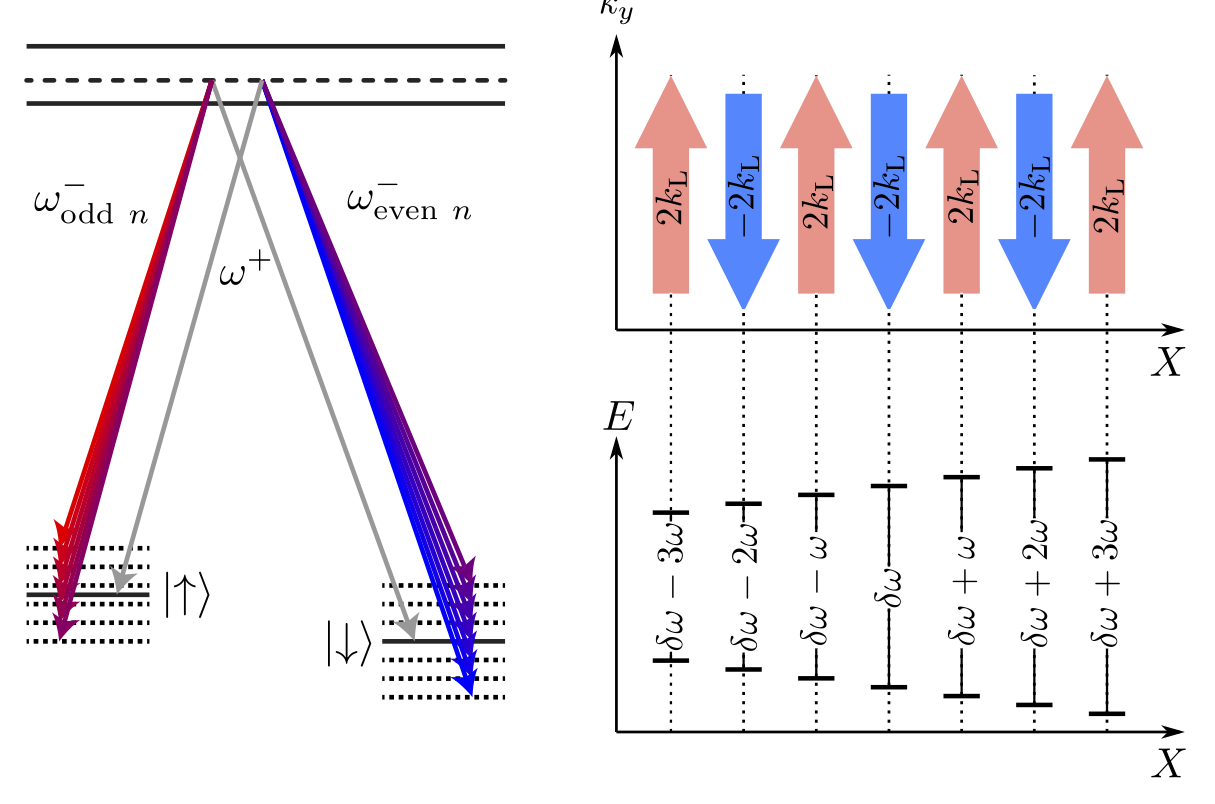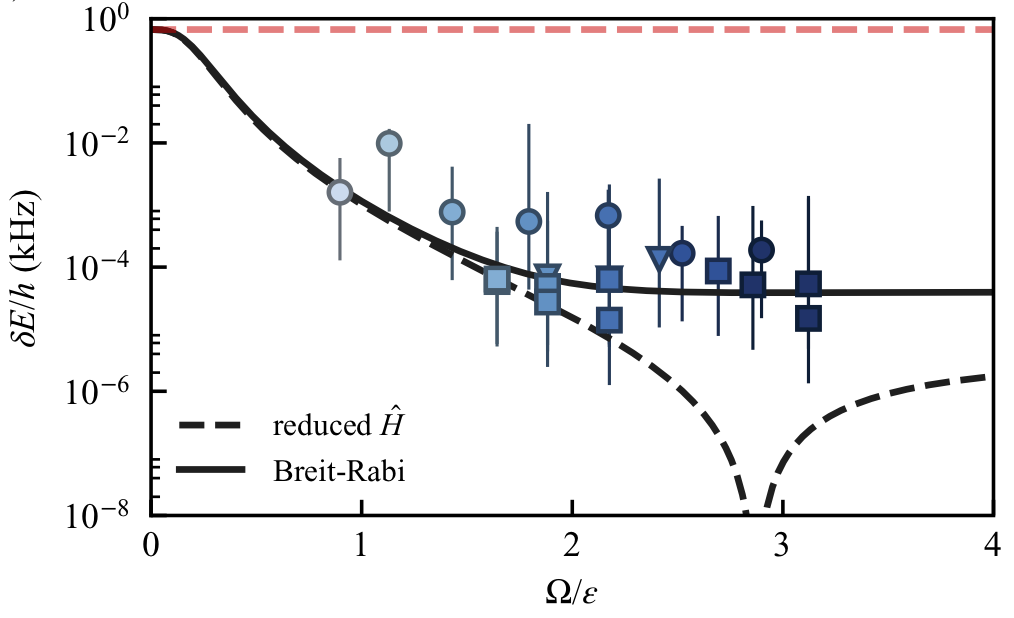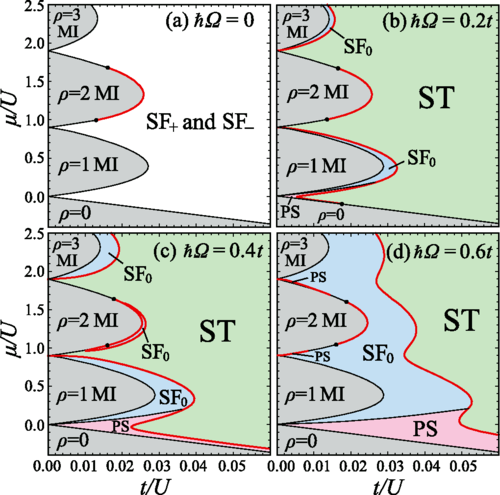Scale-Invariant Continuous Entanglement Renormalization of a Chern Insulator
The multiscale entanglement renormalization ansatz (MERA) postulates the existence of quantum circuits that renormalize entanglement in real space at different length scales. Chern insulators, however, cannot have scale-invariant discrete MERA circuits with a finite bond dimension. In this Letter, we …
Scale-Invariant Continuous Entanglement Renormalization of a Chern Insulator Read more »

